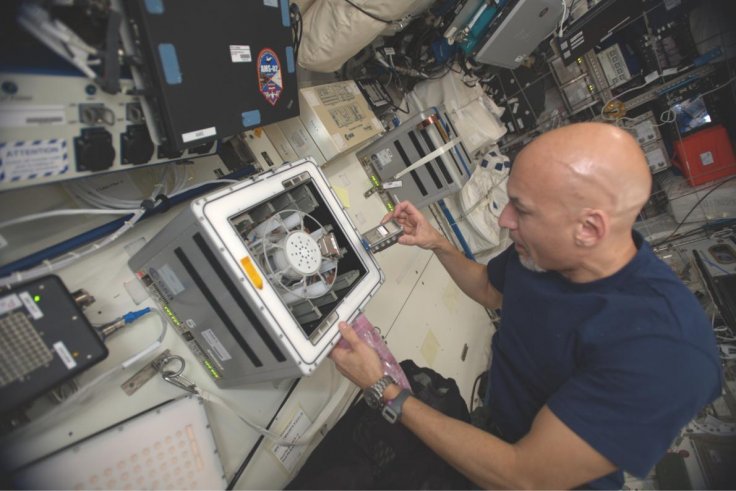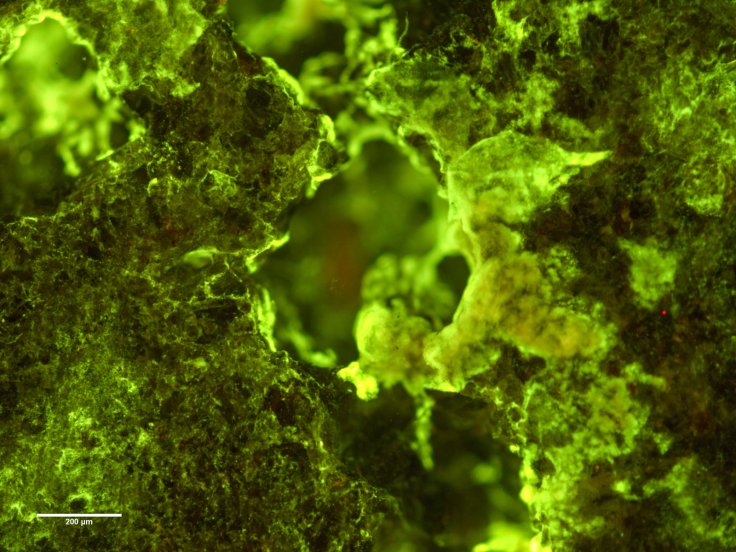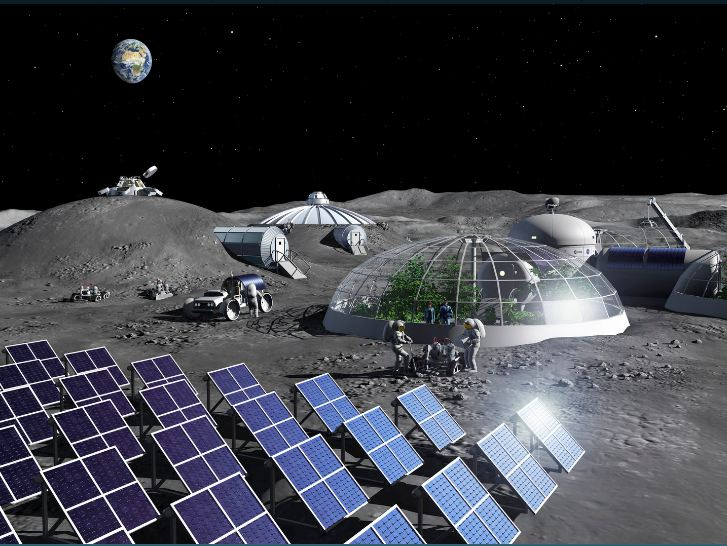The next gold rush is on the Moon. As private companies are getting ready to send astronauts and robots to the Moon for mining precious materials, scientists are trying to figure out the methods that can be applied to extract minerals.
While using heavy machinery modified to suit the environment on the Moon is one possibility, scientists are also exploring the idea of using microorganisms for mining. Such microorganisms are already used on Earth to extract important minerals such as rare earths.
A group of scientists from the U.K. dedicated a decade to developing biomining reactors that could tell us if using microorganisms for mining on the Moon would be possible. A SpaceX rocket carried 18 of those matchbox-sized reactors to the International Space Station (ISS) in July 2019. After three weeks of the experiment, the idea seems feasible.

Space Biomining
Those boxes contained small pieces of basalt — rocks that are common on Earth — to match the surface of the Moon and Mars. Those rocks were soaked in three bacterial solutions and placed in the boxes. During the three-week experiment, scientists tested if the bacteria could survive in microgravity (zero-gravity), the gravity of Mars and normal Earth conditions.
And they had a winner. Scientists found that one type of bacteria known as 'Sphingomonas desiccabilis' was able to extract rare earth elements from the basalt sample in all three conditions. The experiment suggested that bacteria could help in extracting minerals from Moon and Mars by up to 400 percent. Although mining those minerals and bringing them back to Earth won't be economically sustainable, biomining could help in maintaining a self-sustaining human presence in space. The study was published in the journal Nature Communications on Tuesday (November 10).

"Our results suggest that the construction of robotic and human-tended mines in the Oceanus Procellarum region of the Moon, which has rocks with enriched concentrations of rare earth elements, could be one fruitful direction of human scientific and economic development beyond Earth," Professor Charles Cockell from the School of Physics and Astronomy at the University of Edinburgh said in a statement.
Mining on Moon
As U.S. National Aeronautics and Space Administration (NASA) and other space agencies are trying to build a base on the Moon for future space exploration, transporting mineral to or from Earth isn't a feasible idea yet. Instead, a mining town on the Moon is a possibility that scientists have been exploring.
NASA will send its astronauts back to the Moon by 2024 as part of the Artemis mission while the European space agency is also planning to mine the Moon for water and oxygen by 2025. Both are interested in building a base on it.

Moon has rich reserves of silicon, iron, magnesium, calcium, aluminum, manganese and titanium in addition to rare earth elements. Besides that, helium-3 isotope is another aspect that has intrigued scientists. With no atmosphere on the Moon, helium isotopes get embedded on the lunar surface due to solar storms. Bringing that back could help in our nuclear fusion reactors that are yet to be built.
Hence, lunar mining isn't science fiction anymore. Rather, it's just a matter of time before we start mining the Moon. In that, biomining could be a good start. "Our experiments lend support to the scientific and technical feasibility of biologically enhanced elemental mining across the Solar System," Professor Cockell said.









